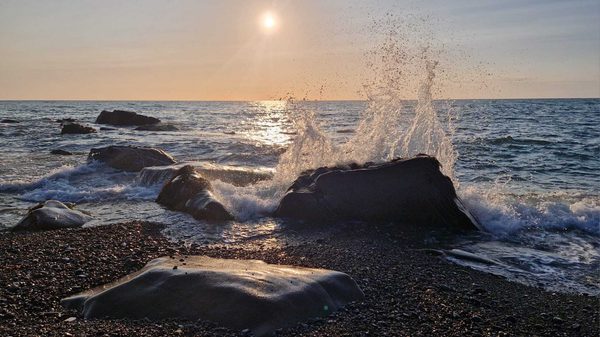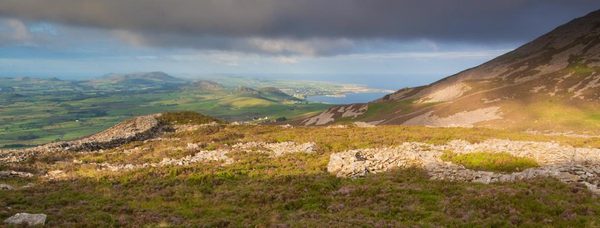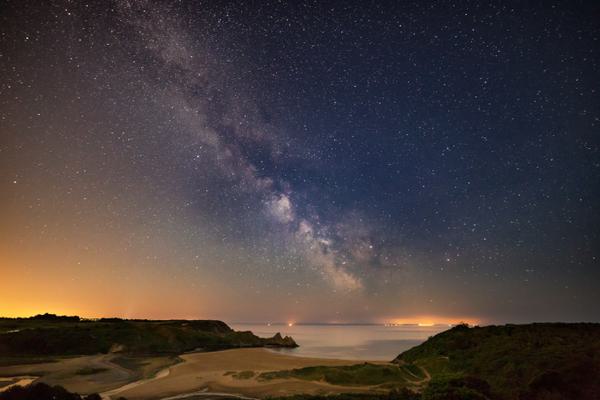Llŷn National Landscape
Nowhere is far from the sea on the long, low peninsula of Llŷn, which is famous for the unspoilt beauty of its coastline. The National Landscape, covering a quarter of the peninsula, is largely coastal, but extends inland to take in volcanic peaks such as Garn Fadrun and Garn Boduan.
Does unman ymhell o'r môr ar benrhyn hir, isel Llŷn, sy'n enwog am brydferthwch digyffwrdd ei harfordir. Mae'r Tirwedd Cenedlaethol, sy'n cwmpasu chwarter y penrhyn, yn arfordirol i raddau helaeth, ond mae'n ymestyn i mewn i'r tir i gymryd copaon folcanig fel Garn Fadrun a Garn Boduan.










